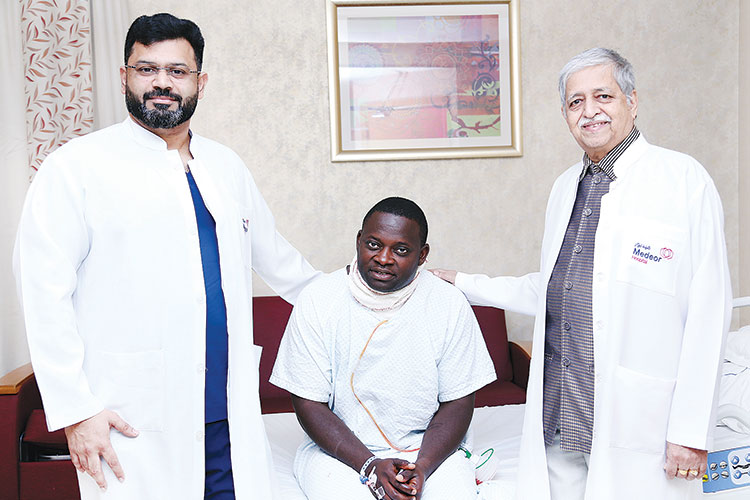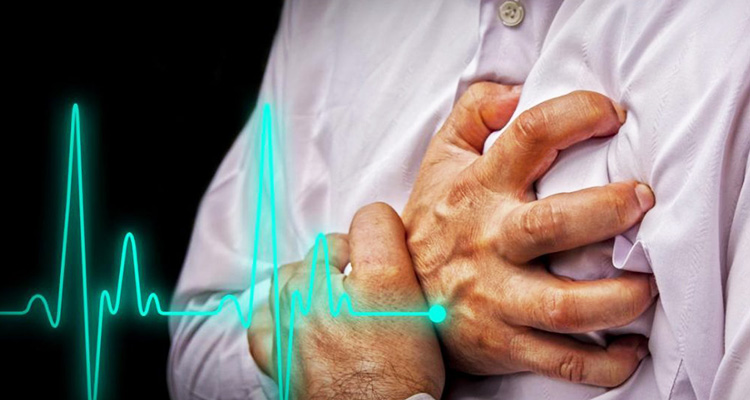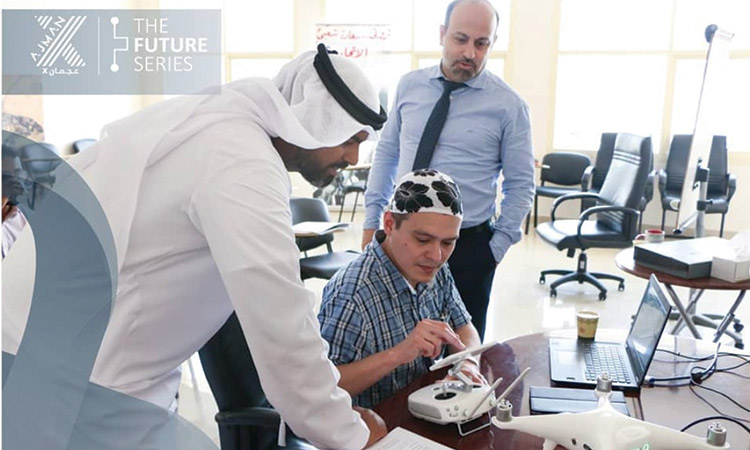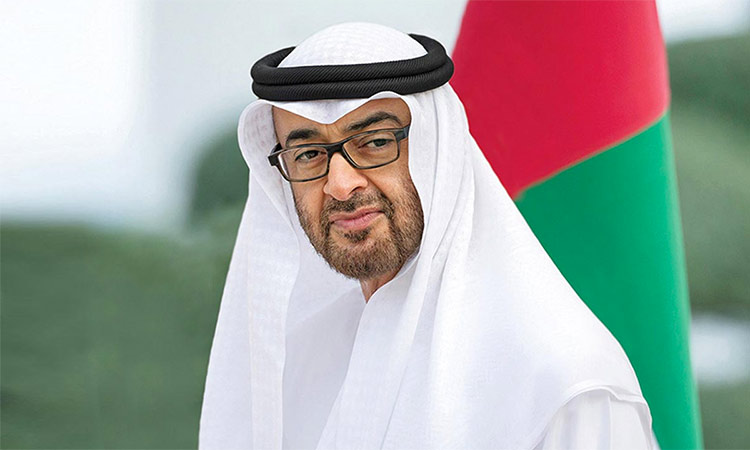‘Heart attack patients can be saved within 90 minutes’

Photo has been used for illustrative purposes.
Mariecar Jara-Puyod, Senior Reporter
Compared to ages ago, a heart attack sufferer could, in these times, be saved within a 90-minute time frame; but, everyone should be aware and must heed the early signs and symptoms, said an interventional cardiologist.
Dr. Fayaz Shawl has been regularly visiting the UAE from 2005 in between his work as Washington Adventist Hospital (US)-Interventional Cardiology director and George Washington University Clinical professor of Medicine, having assisted Zulekha Hospital set up its first catheterization laboratory and developing this into a highly-advanced Cardiac Care Department complete with the training of specialists and staff, since.
The hospital Interventional Cardiology consultant was interviewed on Monday after the “Cardiac Care Conference” wherein his Dubai and Sharjah-based colleagues discussed how developing technology such as the available
Trans-catheter Aortic Valve Replacement and teamwork have helped them save even the lives of children born with heart problems.
Shawl has 39 years of experience since 1980 with a fellow American, 91, as his oldest patient and UAE-resident Pakistani, 25, in 2005, as his youngest patient.
He said cardiovascular diseases (CVDs) remain a pressing problem with heart attack having become the number one cause of death worldwide due to diabetes, smoking, hypertension, high lipid/cholesterol levels, and genetics.
“Heart attack happens due to the sudden blockage in (any of the more than 20 arteries) in our body. The symptoms are chest pain, shortness of breath, sweating. Please do not ignore these. Just call 911. We can nowadays save people when they come early with the symptoms of heart attack. With the attack, the heart muscle is damaged which is irreversible but early treatment can save lives.”
Based on his UAE experience, the ambulance arrives within the eight-minute time frame whose paramedics are knowledgeable and trained well to administer the necessary first aid, quick to transport to the nearest hospital the heart attack victim.
It is a standard that the medical team works within the 90-minute time frame because any minute lost thereafter leads to the worsening condition of the heart muscles: “The prognosis is not good and the patient may die.”
Shawl has been travelling around the world to orient and teach future and practising interventional cardiologists. He said medical teams in all tertiary hospitals are capable to care for the heart attack patient within 40 minutes. The heart attack patient can be saved: “We will puncture the wrist or leg artery which is connected to the heart and through it pass a small catheter under the x-ray and make the dye on the artery that is totally blocked. We open the artery, put a small cage or stent. Within 24 and 48 hours, the patient would be home. He (would be up and about) within a week.”
“But do not ignore the symptoms, Call 911.”
Children observed to be going through shortness of breath should be taken for medical consultations for possible birth defects such as a hole in the heart.
“These children (should be discouraged) from eating high fat, junk food. They (should not be left leading sedentary life such as too much) games (on the console) and the cell phone. They should be encouraged to (engage in exercises).”
Men above 35 who smoke, with high blood pressure alongside all the other risks to CVDs should go for the medical check-up every year.
“It is no longer breast cancer that is the number one cause of death among women worldwide because of awareness programmes. It is now sudden death due to heart attack because women tend to ignore the signs and symptoms.”
Women, specifically in the menopausal bracket and whose lifestyle is demonstrated with the risks to CVDs must also go for the annual check-ups.
Over at the American Hospital in Dubai, a man, 91, with a long-standing history of CVD and who had undergone open-heart surgery with coronary bypass a quarter of a century back is now on his stable condition after his Oct. 16 minimal invasive procedure Transcutaneous Aortic Valve Replacement (TAVI).
Consultant interventional/structural heart specialist Dr. Firas Raouf Alani explained: “TAVI allows the interventional cardiologist with the assistance of the heart surgeon to insert an artificial valve inside the diseased aortic valve through a three to five millimeter incision in the groin area. It is done under local anaesthesia only and takes approximately 60 minutes.







